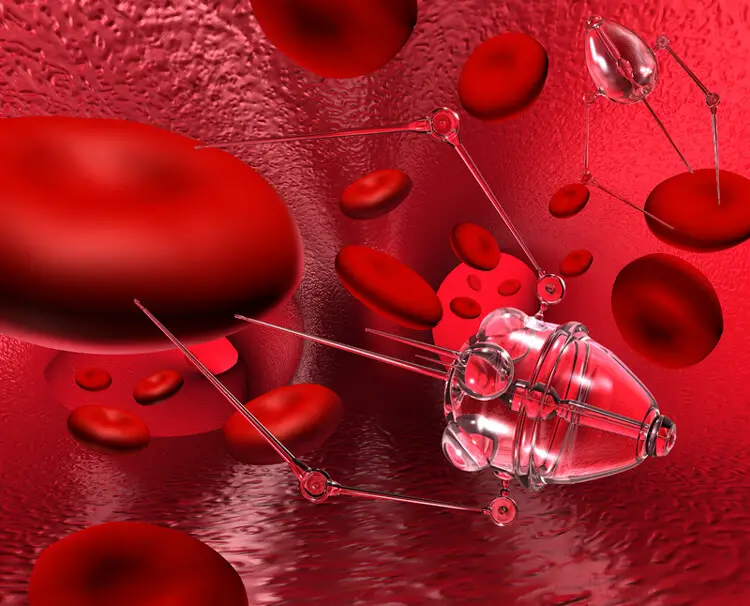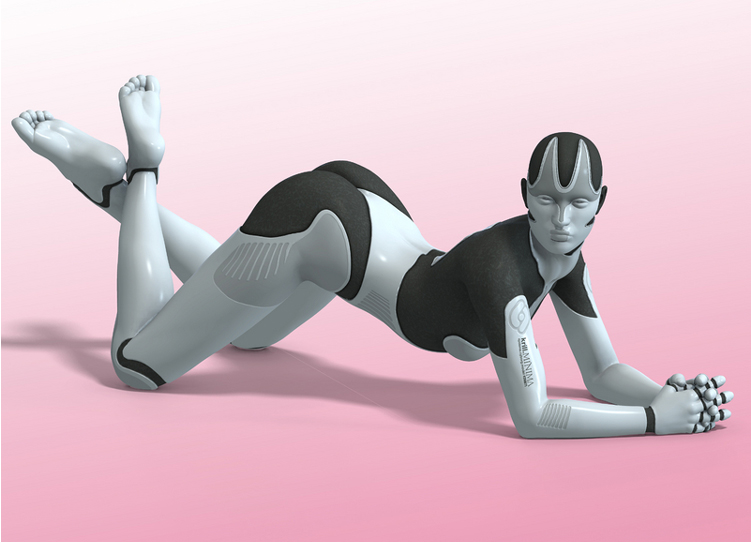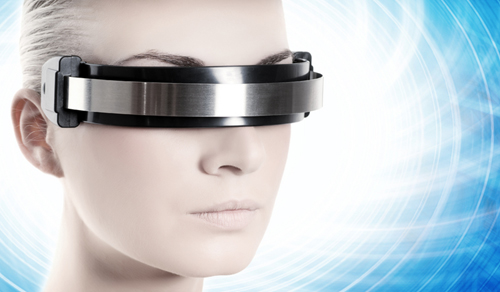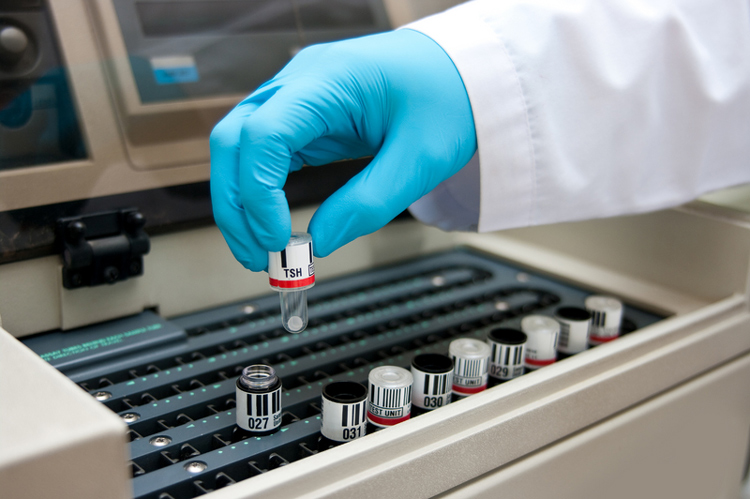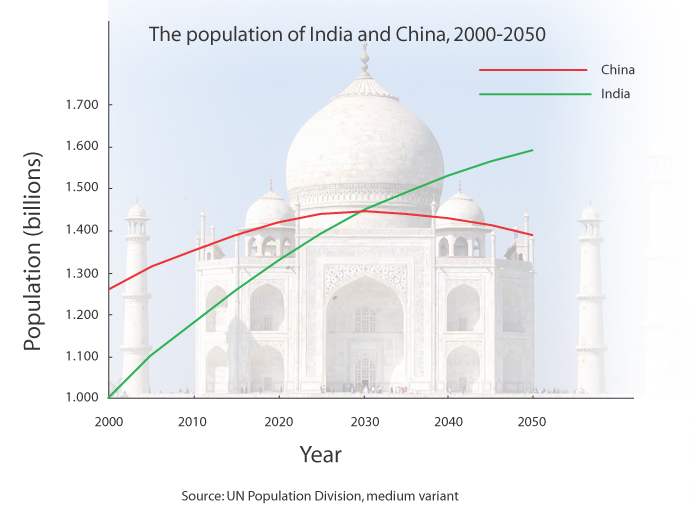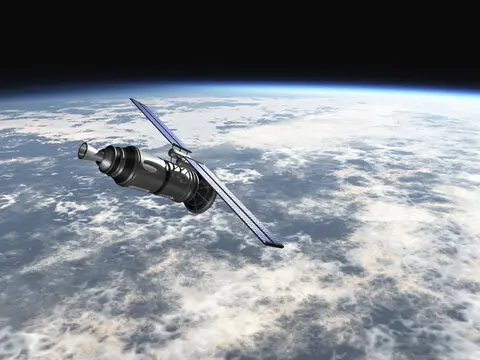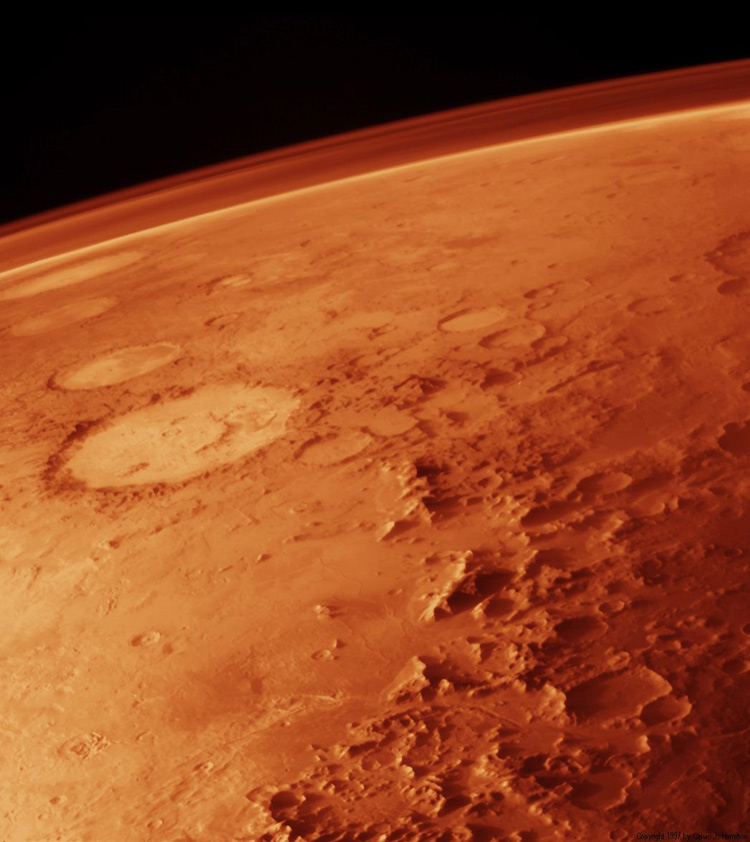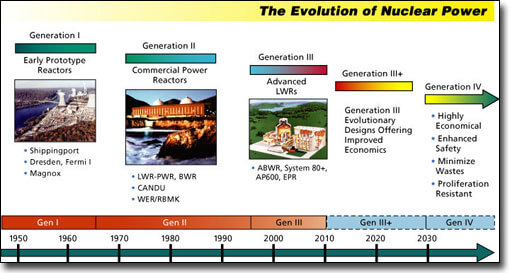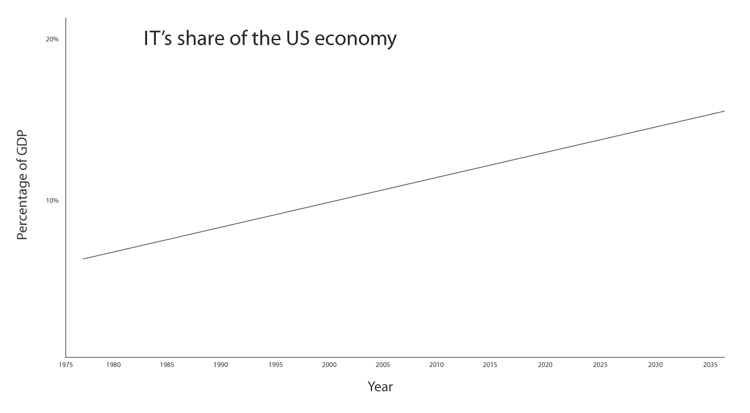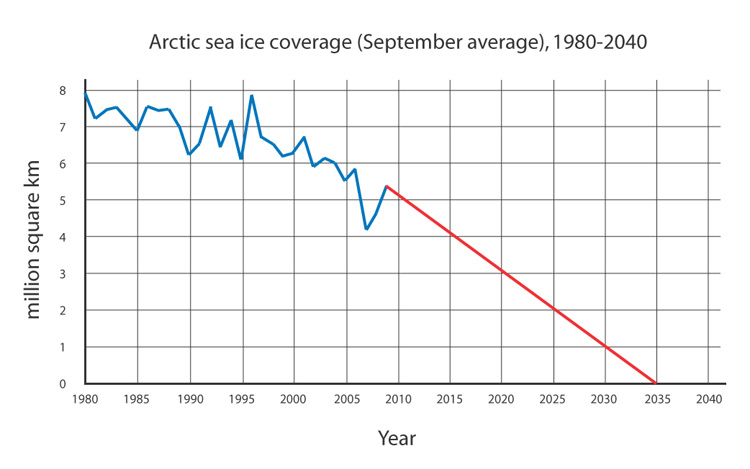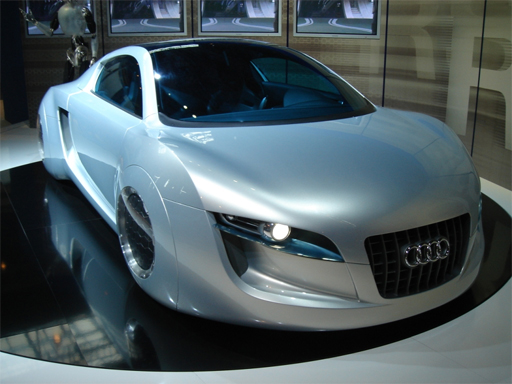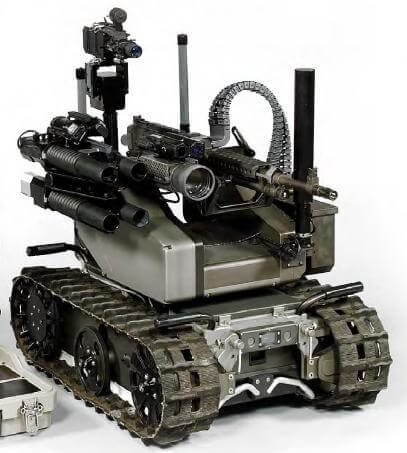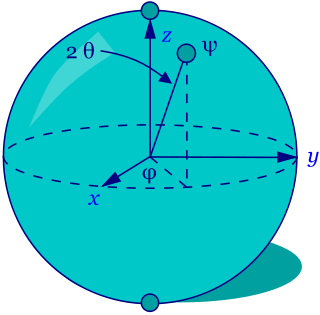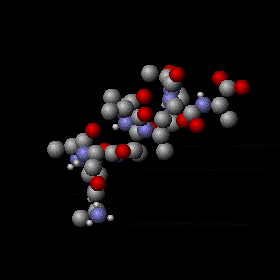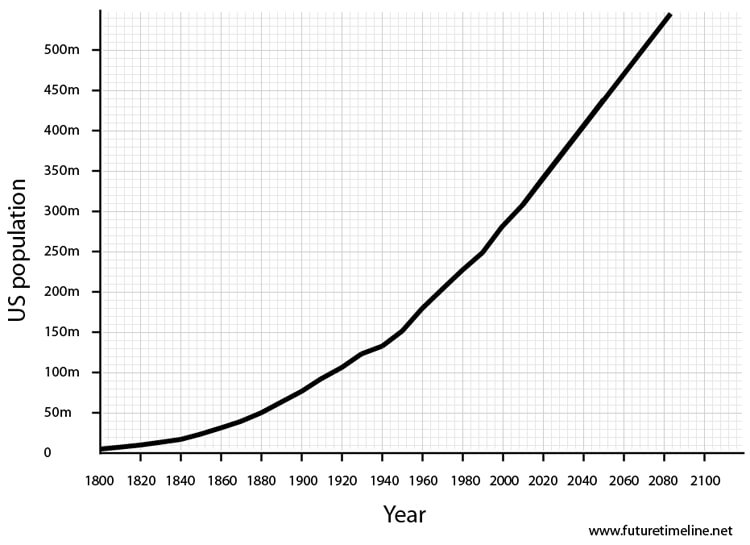2040-2049 Contents
2040 - Clean energy is becoming ubiquitous | Fusion power is nearing commercial availability | Claytronics are revolutionising the consumer market | Breakthroughs in carbon nanotube production | World population reaches 8.5 bn | Water crisis in Europe
2042 - Nanotech robot swarms are the latest in military hi-tech | Manned missions to Phobos and Deimos | Floating hotels in the sky are heralding a new era in luxury transport
2044 - Personal storage devices reach the zettabyte scale | The last veterans of WW2 are passing away
2045 - Humans are becoming intimately merged with machines | Global food and water shortages
2045-2049 - China transitions towards a democracy | Major extinctions of animal and plant life
2048 - The near-Earth asteroid 2007 VK184 makes a close pass
2049 - Robots are a common feature of homes and workplaces
2000-2009 | 2010-2019 | 2020-2029 | 2030-2039 | 2040-2049 | 2050-2059 | 2060-2069 | 2070-2079 | 2080-2089 | 2090-2099 >
2040
Clean energy is becoming ubiquitous
The combination of nanotech fuel cells, maglev wind power, hyper-efficient solar and 4th generation nuclear is relegating the traditional fossil fuels to obsolescence. The latter are, in any case, dwindling in availability - and have been for some time. Fusion power is also close to being perfected now.
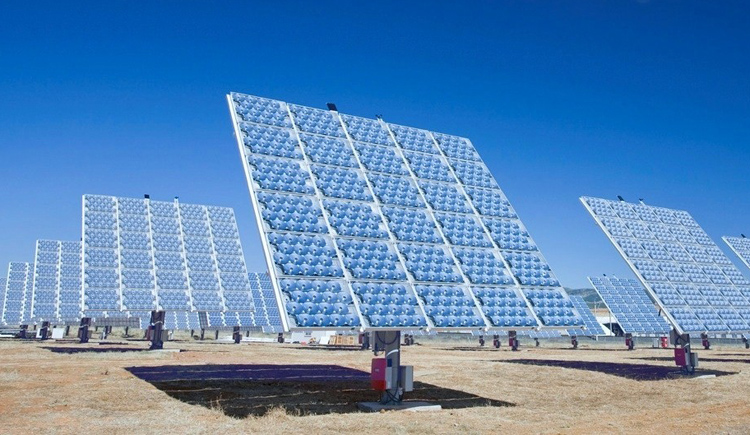
Fusion power is nearing commercial availability
A prototype commercial fusion reactor is entering its final phase of operation.* DEMO (DEMOnstration Power Plant) is the successor to ITER and has built on the success of that project, achieving a number of major breakthroughs. Among the earlier problems which have now been solved are: containing the plasma at high enough temperatures, maintaining a great enough density of reacting ions, and capturing high-energy neutrons from the reaction without melting the walls of the interior.
Constructed from 2024 to 2033, DEMO is now close to being perfected - having undergone several years of testing, expansion and upgrades. Later this decade, it will be capable of producing a sustained output of 2 gigawatts (GW), making fusion commercially available for the first time.*
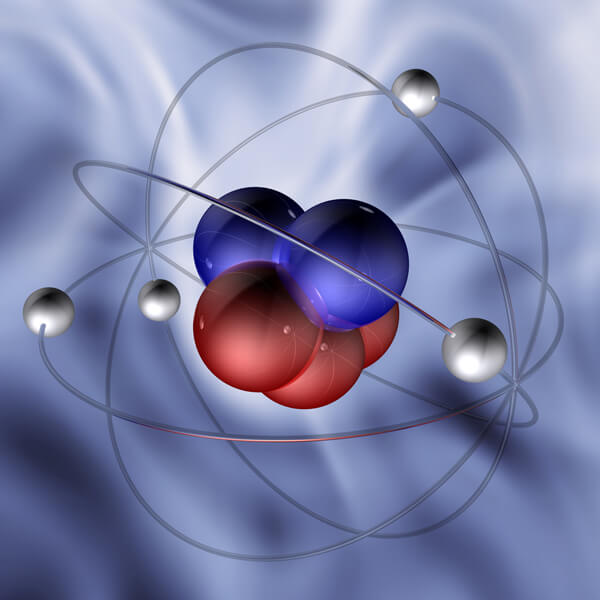
Credit: Chepe Nicoli
Claytronics are revolutionising the consumer market
Claytronics - also known as "programmable matter" - is enabling a host of new products to be developed. This revolutionary technology involves billions of tiny devices known as catoms (claytronic atoms). Joined electrostatically, these work in concert to produce dramatic changes on the macroscale.
Objects made of these catoms can be radically altered in form and function within a matter of seconds. Furniture can be morphed into new types, for instance. A bed could suddenly become a sofa, or a large table. Chairs can be instantly "moulded" to precisely suit the individual.
Walls, carpets, ceilings, doors and other surfaces can modify their colour or texture on demand.
Electronics are featuring this exotic material. They can be more adaptable to their environments, for instance - altering their structure to cope with dust and heat in a desert, then later shifting to resist humidity and moisture in a jungle, or even becoming completely waterproof. Screens can be physically enlarged for better viewing, or shrunk for greater portability. Devices worn on the head or ears can mould themselves to fit the individual. A keyboard or other interface can suddenly materialise on what was previously a blank surface.
Certain vehicles are making use of claytronics. Car interiors can be reconfigured for a particular journey, depending on the passengers or luggage. Tyres can be instantly adapted for different terrain or weather conditions.
Claytronics are especially popular in children's toys.
Various other everyday objects are now highly configurable and morphable.
Further into the future, programmable matter will enable the creation of entire simulated humans.*
Breakthroughs in carbon nanotube production
New processes have been developed for the synthesis of carbon nanotubes, which promise to revolutionise the fields of engineering, architecture and materials science.
Having been limited to a few centimetres, these structures can now reach potentially thousands of miles in length.* Combined with purification techniques ensuring maximum tensile strength (hundreds of times greater than steel), this means the technology for a space elevator is now available. Political and financial will are the only remaining obstacles for such a project.*
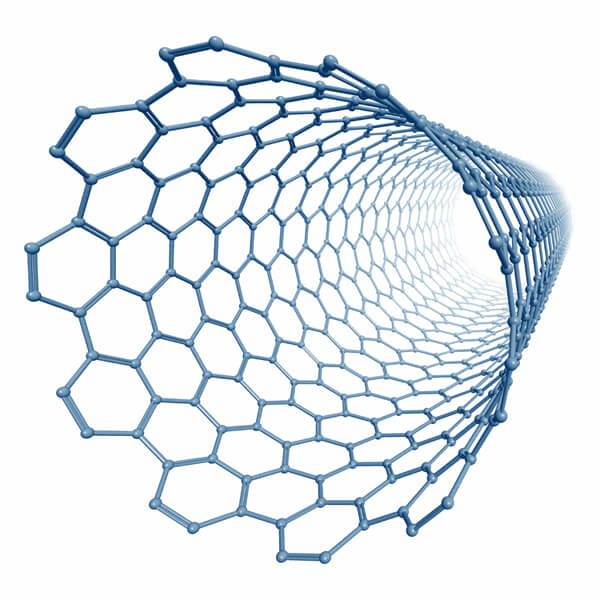
Credit: TED-43
World population reaches 8.5 billion
The graph below is based on United Nations population estimates.*
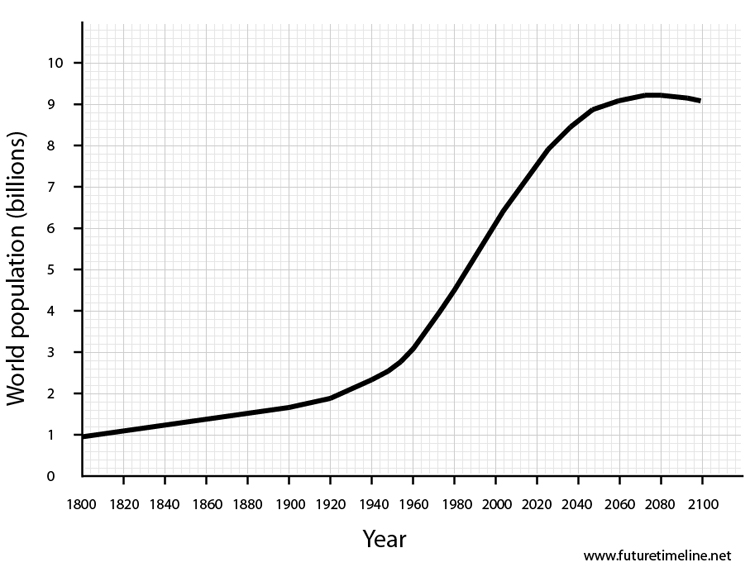
Water crisis in Europe
Due to global warming, the Alps are becoming largely devoid of snow for the first time in millions of years.*
Having served a vital role as the "water towers of Europe", this is having a catastrophic effect on water supplies. Major rivers such as the Rhine, Rhone and Danube have until now relied on snow and glacial melt from the Alps. Switzerland is being especially hard hit, with much of its electricity based on hydroelectric power.
In addition, record heatwaves are causing gigantic wildfires, the likes of which have never been seen before. At the foot of the mountains, rockfalls triggered by melting permafrost have caused widespread destruction to villages and towns.* Meanwhile, the tourist industry has been decimated, with skiing impossible in most areas.
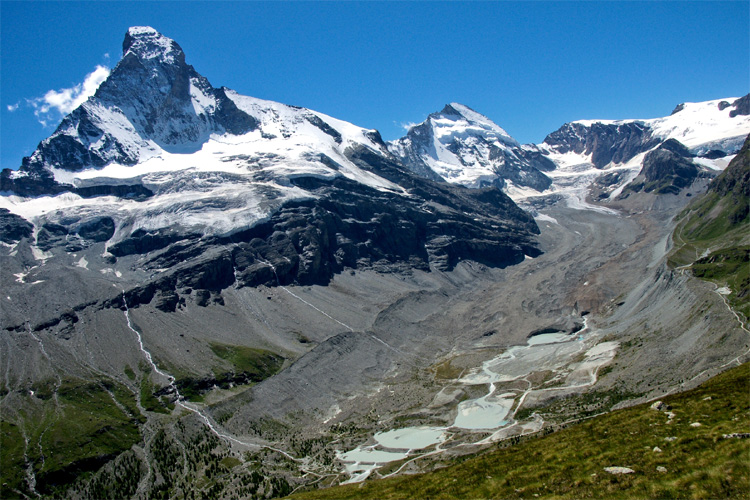
Above: The Matterhorn (left) and the Dent d'Hérens (right), part of the Alps, pictured here in 2008.
2042
Nanotech robot swarms are the latest in military hi-tech
In addition to larger machines, a new class of miniature robots is now appearing on the battlefield.* These are so small that they are barely visible to the naked eye, measuring less than a millimetre across. Viewed through a microscope, they would appear like tiny insects equipped with metallic wings and armed with diamond-sharp claws and teeth.
Individually, they are relatively harmless. However, the strength of these robots lies in their terrifying numbers, and their ability to work in autonomous networks guided by remote computers. Released from capsules dropped by UAVs, these machines are deployed in colossal swarms – often consisting of many trillions of individuals. At full spread, they can sometimes cover an area the size of a small town.
Collectively, they would appear like a diffuse, greyish cloud. For a potential enemy, the first warning sign of their approach might be a glittering of reflected sunlight in the distance. This would be followed by a high-pitched buzzing or humming sound, at the edge of the human auditory range. The next indicator would be the crumbling of trees, buildings and other nearby objects. Then the robots would attack... engulfing their victims like a swarm of locusts, eating through flesh within seconds and reducing organic material to dust.
Even those hidden within bunkers or underground shelters are vulnerable – the swarms dissolve all but the most heavily reinforced armour and can easily penetrate cracks, air vents, keyholes and the like.
In addition to their offensive capabilities, nanotech robot swarms can serve in a defensive role. By floating at low altitude in the sky, they can provide cover to advancing ground forces, acting as a shield or “buffer” against incoming projectiles.
This form of technology is so deadly that it has been placed in the same category as nuclear, chemical and biological weapons by the UN. A number of international treaties are signed over the following years, limiting its use. Safety mechanisms are also introduced, minimising its potential for adaption. Self-replicating variants, for example, are flat-out banned, as these could potentially consume the entire biosphere in a worst-case scenario. Fears are growing of a potential terrorist incident (or "nanocaust").
Manned missions to Phobos and Deimos
A decade after the Mars landings, follow-up missions to its satellites are being undertaken. Due to the low gravity and lack of atmosphere, these missions are actually easier (and cheaper) than going to Mars itself.
These tiny moons are found to contain pockets of water ice, along with carbon and silicates - greatly increasing their potential for colonisation.*
On Phobos, a series of habitation modules are subsequently built, together with small experimental mining facilities and a solar parabolic reflector. This allows the basics of carbon nanotube (CNT) production, as well as conversion of water into hydrogen and oxygen for rocket fuel. Over the next few decades, the base is expanded further, eventually becoming self-sufficient.
Both moons are colonised, but Phobos in particular will play a key role in the development of Mars, being much closer to its parent planet than Deimos. As well as supplying raw materials, it will act as a stepping stone for astronauts arriving from Earth.

Above: Phobos (click to enlarge)
Floating hotels in the sky are heralding a new era in luxury transport*
Giant, vertical airships powered by a combination of hydrogen and solar energy are now a common method of holiday travel for the rich and famous. These ships are nearly 900ft tall when docked. They are capable of lifting 400 tons of payload, in addition to ferrying over 100 passengers and 20 crew to their destination.
Cruising at a maximum altitude of 12,000ft, the ships drift at a leisurely 60-90mph, depending on wind conditions. Popular routes include London to New York (37 hours) and Los Angeles to Shanghai (four days).
Huge internal spaces offer plentiful room for living, dining and relaxing. The lower deck contains a glass bottom floor, enabling passengers to view the land and sea beneath.
Safety is ensured thanks to self-sealing lifting bags. These are made from nanotechnology materials that minimise any potential for skin rupture.*
2044
Personal storage devices reach the zettabyte scale
Personal storage devices are now available with capacities of more than a zettabyte (1 billion terabytes). This is greater than the entire contents of the Internet in 2010. The data can be stored in a form factor measuring a few millimetres in size and costing under $100.
This capacity might seem excessive to observers from previous decades. It has become necessary in today's world, however, due to the exponential growth of information technology.* The day-to-day experiences of the average person now involve a staggering amount of data collating, analysis and dissemination - especially for those using biotechnology implants, Augmented Reality or neural interfaces.
The last veterans of WW2 are passing away
During this decade, the last surviving veterans of World War II are passing away. A small number of them reach their 120th year, allowing them to attend the 100th anniversary commemorations of D-Day, on 6th June 2044.
On this date, a time capsule is opened at the American Cemetery at Colleville-sur-Mer, close to the site of the Normandy landings which claimed so many lives. This contains press articles from the time - including a message from President Eisenhower to future generations.*

© Lenor | Dreamstime.com
2045
Humans are becoming intimately merged with machines
In some fields, the pace of technology has become so fast that humans can no longer comprehend it - unless they augment their own intelligence. This is particularly true of computing, nanotechnology, medicine and neuroscience, all of which have seen exponential progress.*
The typical desktop PC of today has an integrated AI system equivalent to over a billion human brains. This machine can think for itself, improve itself and generate information in ways that surpass even the greatest minds on Earth. Due to the flood of incoming data from the Internet and elsewhere, such computers receive literally millions of emails, status updates, news reports and other alerts each day.*
The only way for a user to interpret this avalanche of information is to merge their consciousness with the machine. A growing segment of society is now turning to on-person hardware to achieve this. The most popular method involves the use of microscopic, wireless, implantable devices linking neural activity directly to electronic circuitry. Such "nanobots" have already been used in full immersion VR and certain medical procedures. These latest versions are capable of marrying AI with human intelligence in ways that combine the best aspects of both.
No monitor or projector of any kind is required for today's computers. The nanobots instead generate a virtual image of the screen which is augmented in the user's field of vision. This operating system is controlled by their thoughts - and those of the AI - running at speeds vastly greater than a real time physical version would allow. Thousands of individual actions can be initiated within the space of a second, all thanks to the robust wireless connections between the nanobots and neurons.
If necessary, the user's entire sensory experience can be instantly shifted to a full immersion virtual reality. This is a popular choice for gaming and entertainment, but also has many practical applications in the world of business. Meetings and conferences can be hastily scheduled between vast numbers of participants from around the globe - sometimes with barely a few second's notice - and lasting only a few seconds in duration. Communicating at this speed is no longer possible using conventional means, which is creating an enormous divide between those who have the technology and those who don't.
For many people, nanobot implants are becoming permanent and essential - rather than temporary and optional - due to the bewildering speed and level of information now being encountered in day-to-day situations together with the explosive growth of AI. Military personnel, scientists and medical staff were among the first to take advantage of them, but mainstream society is now following.
People are merging with machines in various other ways, too. Nanobots can boost immune systems, for example - helping to exterminate pathogens. They can also regulate blood pressure, or repair some of the damage caused by the ageing process, or accelerate the healing of wounds. Cybernetic organs are now available that almost never fail and can filter deadly poisons. Brain-computer interfaces are increasingly used in middle class homes to open doors, control lighting and operate everyday appliances.
The most extreme cases of enhancement involve people opting for "decentralised" circulatory systems - along with a form of synthetic blood - reducing physical vulnerability still further. This particular option is only available to the rich, as it involves a highly complicated procedure that radically alters their internal anatomy. The end result is that a person can survive multiple gunshot wounds or other damage relatively easily. Certain politicians are taking advantage of this - especially those in unstable regions - along with gangland bosses and career criminals.
The line between man and machine is starting to blur. Later this century, there will no longer be a clear distinction.
Global food and water shortages
The demand for food and fresh water is far outstripping the supply. Climate change is devastating entire regions, turning vast areas of farmland and forest into arid desert, creating literally tens of millions of refugees. There is a great deal of conflict across the Middle East, Africa, Asia, the southern states of America, South America, and parts of southern Europe during this time.

Credit: Shizhao
2045-2049
China transitions towards a democracy
Faced with growing social unrest, China transitions towards a Russian-style democracy. The ongoing internet/IT revolution and the resulting decentralisation of communication has brought down many of its former barriers.

Major extinctions of animal and plant life
By the end of this decade, many well-known animal species are going extinct, or else have declined in such huge numbers that only those in captivity now exist.
Off the eastern coast of Australia one of the world's most beautiful natural wonders - the Great Barrier Reef - has been virtually destroyed by climate change, with less than 2% of coral remaining.* Rising levels of greenhouse gases have made the water too acidic for calcium-based organisms to grow.* Most of the colourful fish for which the reef is famous have also disappeared. On land, more than 50% of the continent's 400 butterfly species have died out, as well as numerous reptiles including Boyd's forest dragon, a rare and colourful lizard.
In Europe, an astonishing 50% of amphibians have disappeared due to pollution, disease and loss of habitat caused by climate change. This includes many previously common species of frogs, toads, salamanders, newts and caecilians.* On the same continent, more than 20% of bird species have been lost, and around 15% of plants.
In South Africa's Kruger national park, a major conservation area, nearly 60% of the species under its protection have been lost. In the same region, 35% of proteaceae flowering plants have disappeared - including the national flower, the King Protea.*
In South America, nearly half of the Amazon rainforest has been destroyed, with more than 2,000 native tree species becoming extinct.
In Mexico, nearly 30% of animal species are either extinct, or critically endangered.
In Southeast Asia, the Indian elephant is on the brink of extinction. Once a common sight in this part of the world, it has declined in huge numbers due to poaching for the ivory of its tusks, loss of habitat, and human conflict.
In the Arctic, nearly 70% of polar bears have disappeared due to the shrinking of summer ice caused by global warming. By 2080 they will disappear from Greenland entirely, and from the northern Canadian coast, leaving only dwindling numbers in the interior Arctic archipelago.
Many other well-known species of fish, bird and mammal become critically endangered around this time.
This period is often referred to as the Holocene extinction event. As a direct result of human influences, the rate of species extinctions this century is between 100 and 1000 times the natural "background" or average extinction rates in the evolutionary time scale of Earth.

Credit: Elisei Shafer
2048
The near-Earth asteroid 2007 VK184 makes a close pass
This object - measuring 130m in diameter - has a 1 in 3,000 chance of hitting the Earth on this date. It was discovered by the Catalina Sky Survey in 2007. Ignoring the acceleration of the asteroid due to the Earth's gravity, its velocity relative to the Earth at the intersection of their orbits would be 15.63 km/s.
If such an impact were to occur, it would likely break into several pieces in the atmosphere. However, these individual chunks of rock may still be large enough to cause widespread devastation, if landing in populated areas. For comparison, the Tunguska event of 1908 was thought to have been caused by an object measuring 30-50m. This was large enough to produce an airburst equivalent to thousands of Hiroshima bombs.
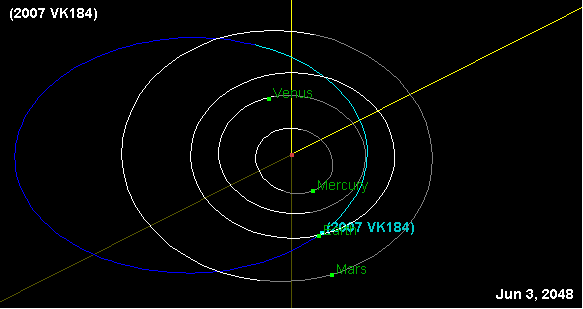
Source: JPL Small-Body Database Browser
2049
Robots are a common feature of homes and workplaces
Though human-level sentience has yet to be fully realised, robots are now appearing in mainstream society in a wide variety of forms and functions.*
Mobile, humanoid androids are popular amongst the elderly, widowed, and those who are disabled or incapacitated in some way - in which role they serve as excellent companions, guides and carers. They are also popular amongst the lonely and socially anxious, who can develop relationships without the fear or hang-ups normally found with human company.* Those seeking "alternative" lifestyles are also making use of androids.*
Sports enthusiasts are making use of robots - as running partners, for example, on squash and tennis courts, and in certain fighting/fencing games where they can simulate world-class players. Countries such as Japan and Korea have even started broadcasting their own "Robot Olympics", attracting millions of viewers.*
The cheapest android models are available for less than $1,000 now, and are stocked by many high street retailers - including hardware stores, department stores and electronics shops.
The robots are customised in the factory beforehand - decorated with skin, clothes, hair and other desired features (pictured above is a bare generic model before this process has occurred). All of the personal information required to cater for their "owner" is pre-programmed into the android's brain.
Government legislation regarding these machines is complicated - and requires years to be fully implemented - but in every country, without exception, the machines adhere to three basic laws. These were postulated almost a century earlier by the science fiction writer, Isaac Asimov:
1. A robot may not injure a human being or, through inaction, allow a human being to come to harm
2. A robot must obey orders given to it by human beings except where such orders would conflict with the First Law
3. A robot must protect its own existence as long as such protection does not conflict with the First or Second Law
In urban locations, robots are usually powered by wireless energy transfer. In more remote outdoor environments they can utilise internal super-batteries and photovoltaic polymers coated on their bodies. Piezoelectric meshes in their skins - which generate small amounts of electricity through movement - provide a tertiary source of power.
Practically every warehouse and factory in the developed world now has operations run entirely by robots - which can navigate their way through aisles and shelves, identify products and load them onto delivery vans with little or no human intervention (and at speeds and efficiencies which far outpace the latter). Even most delivery trucks are now automated, thanks to advanced AI and road traffic systems, with robots unloading goods when the vehicle has reached its destination.
One particular fad at the moment is for robot cats, dogs and other domestic pets with highly realistic movements and behaviour, often indistinguishable from the real thing. These have a number of advantages - such as never getting sick or dying, never requiring food or water, never scratching or biting their owners, and never leaving a mess around the home. Certain species of tropical fish are also popular in robot form, especially those which have recently become extinct. In museums and outdoor exhibitions, breathtaking recreations of dinosaurs and other prehistoric life are now on display.

© Fesus Robert | Dreamstime.com
Almost every large office and corporation features robots now - from wheeled models which distribute post, to those in reception-based roles which meet and greet visitors and assist with queries, to more advanced models capable of handling security and maintaining facilities.
In hospitals, delicate procedures involving nanotechnology devices are given over exclusively to robot machinery, capable of far greater precision than human hands.
Agriculture and food production is heavily reliant on robots. With much of the world's arable land turning to desert, hydroponic "vertical farms" are a common feature of urban centres. These carefully controlled environments are tended by robots and automated systems, and often require the analytical skills of machines rather than humans.
The physical side of military operations is handled extensively by robots now - on land, in the air, and at sea. Formidable humanoid machines equipped with a plethora of devastating firepower can be sent deep into enemy territory, left to operate autonomously for months at a time if necessary, and serving in a wide variety of roles; from solitary patrol and scouting missions, to offensive strikes involving thousands of machines working in unison. Human enemies stand little to no chance against this kind of onslaught, which is giving developed nations an overwhelming advantage over terrorist renegades.
In space, robots have probed and explored hundreds of moons in the outer solar system, and are playing a key role in the Mars colony.
References
1 NEXT WORLD - Intel Claytronics (Programmable Matter), YouTube:
http://www.youtube.com/watch?v=XJEMfAg5l2w
Accessed 23rd February 2010.
2 Physics of the Impossible, by Michio Kaku:
http://www.amazon.com/Physics-Impossible-Scientific-Exploration-Teleportation/dp/0307278824/ref=sr_1_1?ie=UTF8&s=books&qid=1250029787&sr=1-1
Accessed 26th November 2009.
3 Space elevator, Wikipedia:
http://en.wikipedia.org/wiki/Space_elevator
Accessed 26th November 2009.
4 The World at Six Billion, The United Nations:
http://www0.un.org/esa/population/publications/sixbillion/sixbilpart1.pdf.
Accessed 22nd Dec 2008.
5 "If the melting goes on at this pace, glaciers will be gone by 2030 to 2050 — except some high-altitude sites in the French, Swiss and Italian Alps."
See http://news.nationalgeographic.com/news/2007/01/070123-alps-glaciers.html
Accessed 3rd August 2009.
6 Six Degrees, by Mark Lynas. Amazon.co.uk:
http://www.amazon.co.uk/Six-Degrees-Future-Hotter-Planet/dp/0007209053/ref=sr_1_1?ie=UTF8&s=books&qid=1221170576&sr=1-1.
Accessed 3rd August 2009.
7 Swarm Robotics: Beware The Swarm (videos), SingularityHub.com:
http://singularityhub.com/2009/06/05/swarm-robotics-beware-the-swarm
Accessed 8th June 2009.
8 Mining the Sky: Untold Riches from the Asteroids, Comets, and Planets, by John S Lewis (1997).
http://www.amazon.co.uk/Mining-Sky-Untold-Asteroids-Planets/dp/0201328194
Accessed 20th June 2009.
9 The date given on the project website is 2015, which seems ridiculously optimistic. 30 years from now would be more realistic.
10 Seymourpowell introduces the Aircruise - a clipper in the clouds, seymourpowell:
http://www.seymourpowell.com/aircruise/aircruise-press-release.html
Accessed 25th March 2010.
11 See Data storage.
12 Normandy American Cemetery and Memorial, Wikipedia:
http://en.wikipedia.org/wiki/Normandy_American_Cemetery_and_Memorial
Accessed 18th December 2009.
13 Singularity is Near - SIN graph - Exponential Growth of Computing, Singularity.com
http://singularity.com/charts/page70.html
Accessed 27th December 2009.
14 The Singularity is Near, by Ray Kurzweil (2005)
http://www.amazon.com/Singularity-Near-Humans-Transcend-Biology/dp/0143037889/ref=sr_1_1?ie=UTF8&s=books&qid=1261913594&sr=1-1
Accessed 27th December 2009.
15 Acidic seas may kill 98% of world's reefs by 2050, Guardian.co.uk:
http://www.guardian.co.uk/environment/2007/dec/14/carbonemissions.climatechange
Accessed 13th April 2009.
16 Acidic oceans threaten sea life, BBC:
http://news.bbc.co.uk/1/hi/world/8022194.stm
Accessed 28th April 2009.
17 Half of Europe's amphibians could be extinct by 2050, Telegraph.co.uk:
http://www.telegraph.co.uk/earth/earthnews/3352396/Half-of-Europes-amphibians-could-be-extinct-by-2050.html
Accessed 13th April 2009.
18 Climate threat: What species are at risk? BBC.co.uk:
http://news.bbc.co.uk/1/hi/sci/tech/3377185.stm
Accessed 13th April 2009.
19 Robots, Boston.com:
http://www.boston.com/bigpicture/2009/03/robots.html
Accessed 10th May 2009.
20 Forecast: Sex and Marriage With Robots by 2050, Fox News:
http://www.foxnews.com/story/0,2933,301717,00.html
Accessed 4th October 2009.
21 Humans to have robot lovers by 2050, TimesOnline.co.uk
http://women.timesonline.co.uk/tol/life_and_style/women/the_way_we_live/article3645114.ece
Accessed 9th May 2009.
22 Robotics, YouTube:
http://www.youtube.com/watch?v=TAxi38FE8xo
Accessed 30th December 2009.
